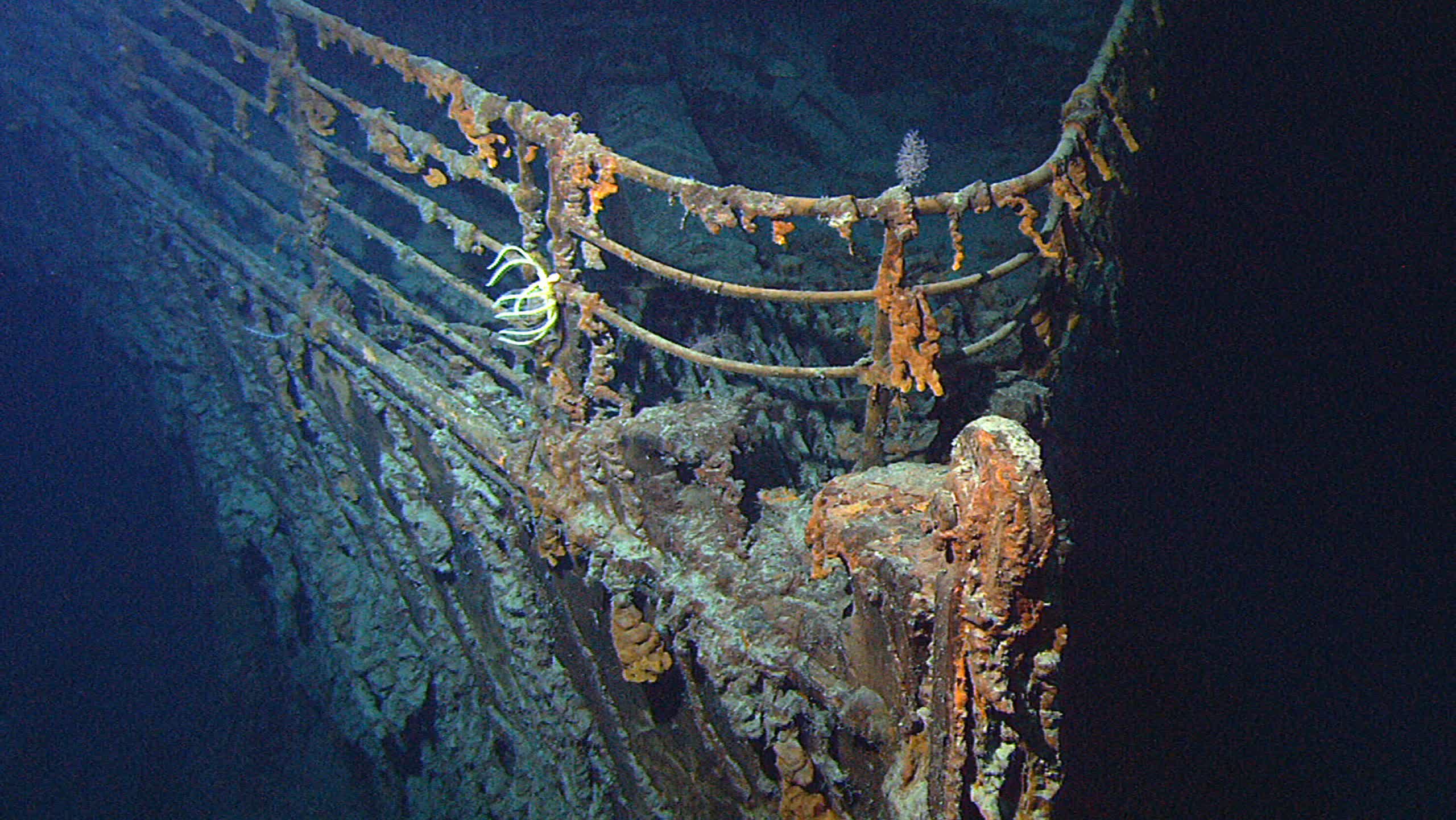In a nutshell: It has been just over a year since five people lost their lives in an attempt to explore the wreckage of the Titanic firsthand. While the company responsible for the disaster has not returned to the site, another Titanic exploration team is ready to give it a go with remotely operated mini-subs. The mission is already underway.

This week, two remote-operated submersibles (ROV) will plunge into the depths of the Atlantic to make 3D scans and take high-resolution images of the Titanic. The mission, conducted by RMS Titanic, Inc, is the first voyage to the old wreck since OceanGate's tragic Titan submarine implosion that killed five wealthy sightseers last year. It is also RMS's first expedition since 2010.
Although RMS's ROVs do not have onboard crews, the vehicles still require a seven-person team to pilot the vessels and perform their duties. The crew dropped anchor at its Atlantic destination above the wreckage last night and is "hale and hearty" and ready to start exploring.
The RMS team is anxious to study the changes to the wreckage that have occurred since its 2010 mission. They are particularly interested in the degradation process of the ship, which the abyss has preserved relatively well since the giant luxury liner sunk in 1912. The crew is particularly interested in seeing if corrosion or decay has opened new access points into the vessel's interior.
They also aim to determine the impacts the ship and expeditions to the site have had on the ocean floor's ecosystem. Recording new sea life and inspecting the Titan's debris field are on the team's to-do list. They will also install a plaque on the ocean floor honoring Paul Henri "PH" Nargeolet, former director of research at RMS Titanic, Inc, who lost his life onboard the Titan.
"It's tough but the thing about exploration is that there's an urge and a drive to keep going. And we're doing that because of that passion PH had for continuous exploration," Nargeolet's friend and historian Rory Golden told the BBC.
The crew's life and safety are ensured by the RMS ROVs, which are the next best thing to being there. Each vehicle has an array of cameras and lighting to capture brilliant life-like images in 65K resolution. The tech aboard the vessels has had a decade to advance since the team's previous mission.
RMS Titanic's recovery of 15-ton haul "The Big Piece" in 1998.
"[These are] the highest resolution camera systems ever deployed at the site," Marine Imaging Technologies founder Evan Kovacs told Oceanographic.
The expedition is not entirely hands-off, however. The RMS crew would like to bring up artifacts from the wreckage to use in its TITANIC: The Artifact Exhibition in Las Vegas and Orlando. It also has a worldwide touring exposition containing various specimens, including a 15-ton piece of the Titanic's hull (above).
Two remote submersibles sink to the abyss to take 3D scans and 65K images of the Titanic